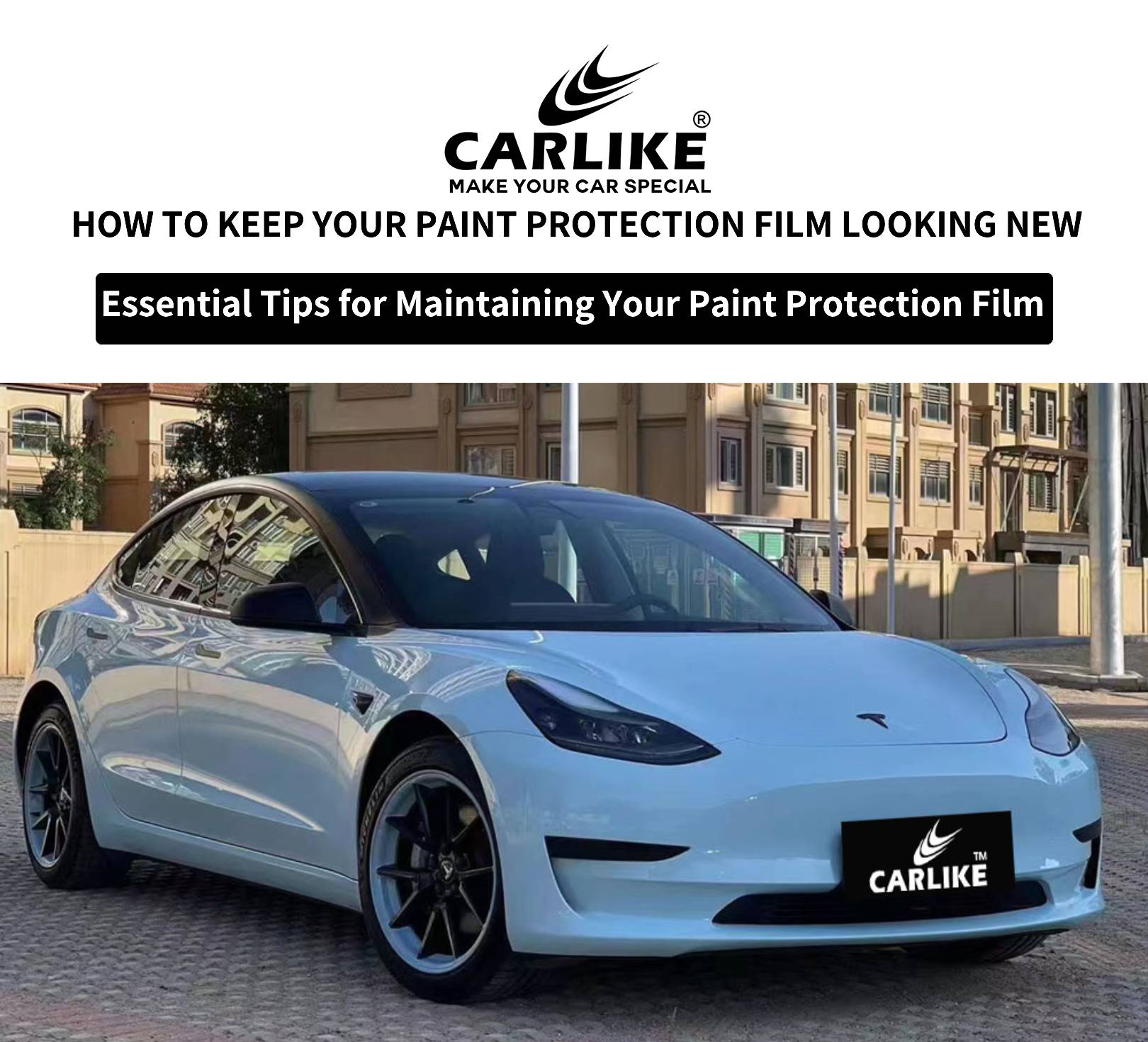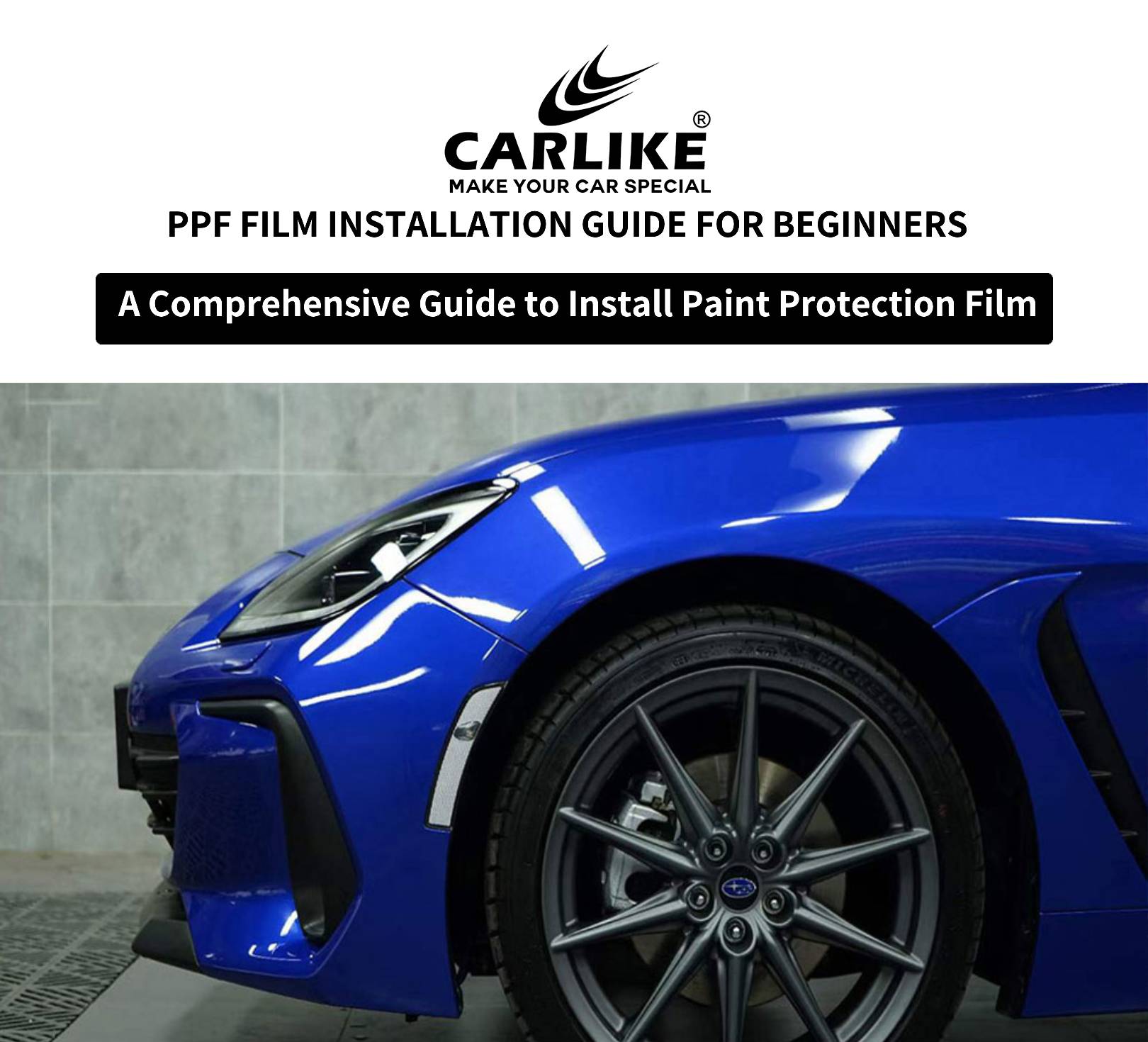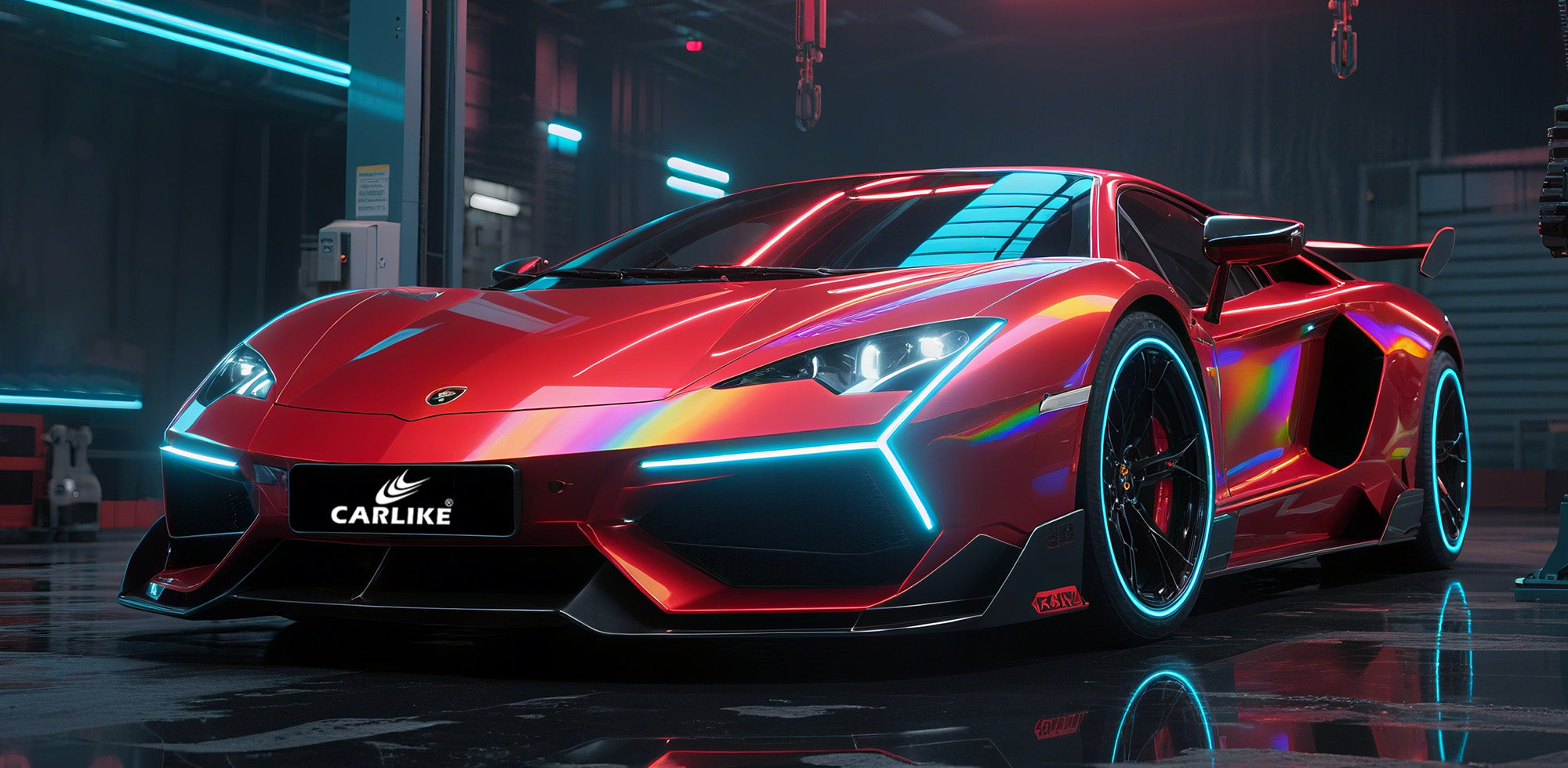CARLIKE-Make Your Car Special.

CARLIKE 5000 Series
TPU PPF, TPH PPF Car Paint Protection Film. Paint protection is a must for anyone who truly cares about the appearance of their vehicle. Every car owner knows that you have to install car paint protection film if you want to keep your vehicle looking as good as the day you bought it.
How Does PPF Protect My Car?
When you add a clear protection film on your car, you create a protective barrier that keeps the damage away from the paint. That thick layer of polyurethane absorbs the damage. Here’s the best part, though — the self-healing paint protection film won’t show minor damage. Scratches disappear and chips fill in.
CARLIKE-Make Your Car Special.
Introduction of PPF Film
Paint Protection Film (PPF) is a clear, durable film applied to a vehicle's exterior to safeguard it from scratches, stone chips, and environmental damage. Its invisible layer preserves the car's finish while enhancing its longevity.
Importance of PPF Film
With PPF, vehicle owners can maintain their car’s aesthetic appeal and protect its resale value. It acts as a barrier against everyday wear and tear, ensuring the paint remains flawless over time.Understanding the Cost of PPF Film
While PPF offers numerous benefits, it’s essential to grasp the costs involved. This includes installation expenses, the longevity of the film, and factors that influence pricing, such as the size of the vehicle and the quality of the film.Making Informed Decisions
By understanding the cost of PPF, vehicle owners can make informed choices about their investment, balancing protection with budget considerations to achieve the best value for their vehicle.
Factors Influencing PPF Film Application Costs
Size of the Vehicle
The overall dimensions of the vehicle play a significant role in determining the cost of PPF application. Larger vehicles, such as SUVs and trucks, require more material and labor, leading to higher installation costs compared to smaller cars.Type and Quality of PPF
The type and quality of the paint protection film directly affect the price. Higher-end films often offer better durability, self-healing properties, and advanced UV protection, but they come at a premium. Cheaper options may save money upfront but might not provide the same level of protection.Complexity of Installation (Full Wrap vs. Partial)
The extent of coverage impacts the cost. A full wrap, which covers the entire vehicle, requires more time and materials than a partial wrap that protects only specific areas (e.g., hood, fenders). This complexity can significantly increase installation labor costs.Geographic Location and Market Rates
The cost of PPF installation can vary by region due to differences in labor rates and competition among installers. Urban areas with higher living costs may have higher installation fees, while rural areas might offer more competitive pricing.Additional Services (Detailing, Pre-installation Prep)
Some installers may offer additional services, such as detailing or paint correction, before applying PPF. These services can enhance the film’s effectiveness and appearance but will add to the overall cost. Pre-installation preparation, such as washing and clay barring the vehicle, is also a factor to consider.

Long-Term Value of PPF
Protection Benefits vs. Cost
Investing in Paint Protection Film (PPF) provides significant protection against scratches, chips, and environmental damage. While the upfront cost may seem substantial, the long-term benefits often outweigh the initial investment. By preventing paint damage, PPF can save vehicle owners from costly repainting and repairs in the future, making it a financially sound decision.
Impact on Resale Value
A vehicle with PPF typically maintains a higher resale value compared to one without it. Buyers are often willing to pay more for a car that shows minimal signs of wear and tear. PPF helps preserve the vehicle’s original paint, which can significantly enhance its attractiveness in the resale market.
Maintenance and Care Costs
While PPF requires some maintenance to keep it looking its best—such as regular washing and occasional detailing—these costs are generally lower than the expenses associated with repairing or repainting a damaged vehicle. Proper care of the film can extend its lifespan, further increasing the value of the investment. Additionally, many PPF products come with warranties, providing peace of mind and reducing long-term financial risks.

Average Costs Breakdown
-
Cost Ranges for Different Vehicle Types
- Sedans: The average cost for PPF application on a standard sedan typically ranges from $500 to $1,500 for a partial wrap, while a full wrap can range from $1,500 to $3,000.
- SUVs and Trucks: Larger vehicles, such as SUVs and trucks, usually incur higher costs. A partial wrap can range from $1,000 to $2,500, and a full wrap may cost between $2,500 and $5,000 or more, depending on the model and coverage area.
- Luxury and Exotic Cars: For high-end or exotic vehicles, the cost can significantly increase, with partial wraps starting around $1,500 and full wraps ranging from $3,000 to $8,000, or even higher.
-
Comparison of Professional Installation vs. DIY
- Professional Installation: Hiring a professional ensures high-quality application and can provide warranties for the work. Installation costs typically include labor and material, with prices reflecting expertise and regional market rates.
- DIY Installation: While DIY kits are available and can save money—ranging from $200 to $800 for materials—this option requires skill and experience for proper application. Poor installation can lead to visible defects and may ultimately require professional reinstallation, negating any initial savings.
-
Potential Hidden Costs
- Removal of Old Film: If a vehicle previously had PPF or other films, removal costs can add $100 to $500, depending on the difficulty and labor involved.
- Repairs and Paint Correction: Prior to PPF application, any necessary repairs or paint correction can incur additional expenses. These costs can range from $50 to $1,500, depending on the extent of the damage.
- Maintenance Costs: Regular maintenance, including washing and potential detailing, may add up over time, although these costs are generally lower than the expenses associated with repairing or repainting damaged paint.

Conclusion
In summary, Paint Protection Film (PPF) offers substantial benefits for vehicle owners looking to preserve their car’s appearance and value. Key factors influencing the cost of PPF include the size of the vehicle, the type and quality of the film, the complexity of installation, geographic location, and any additional services required. Understanding these elements allows for informed decision-making regarding the investment in PPF.




